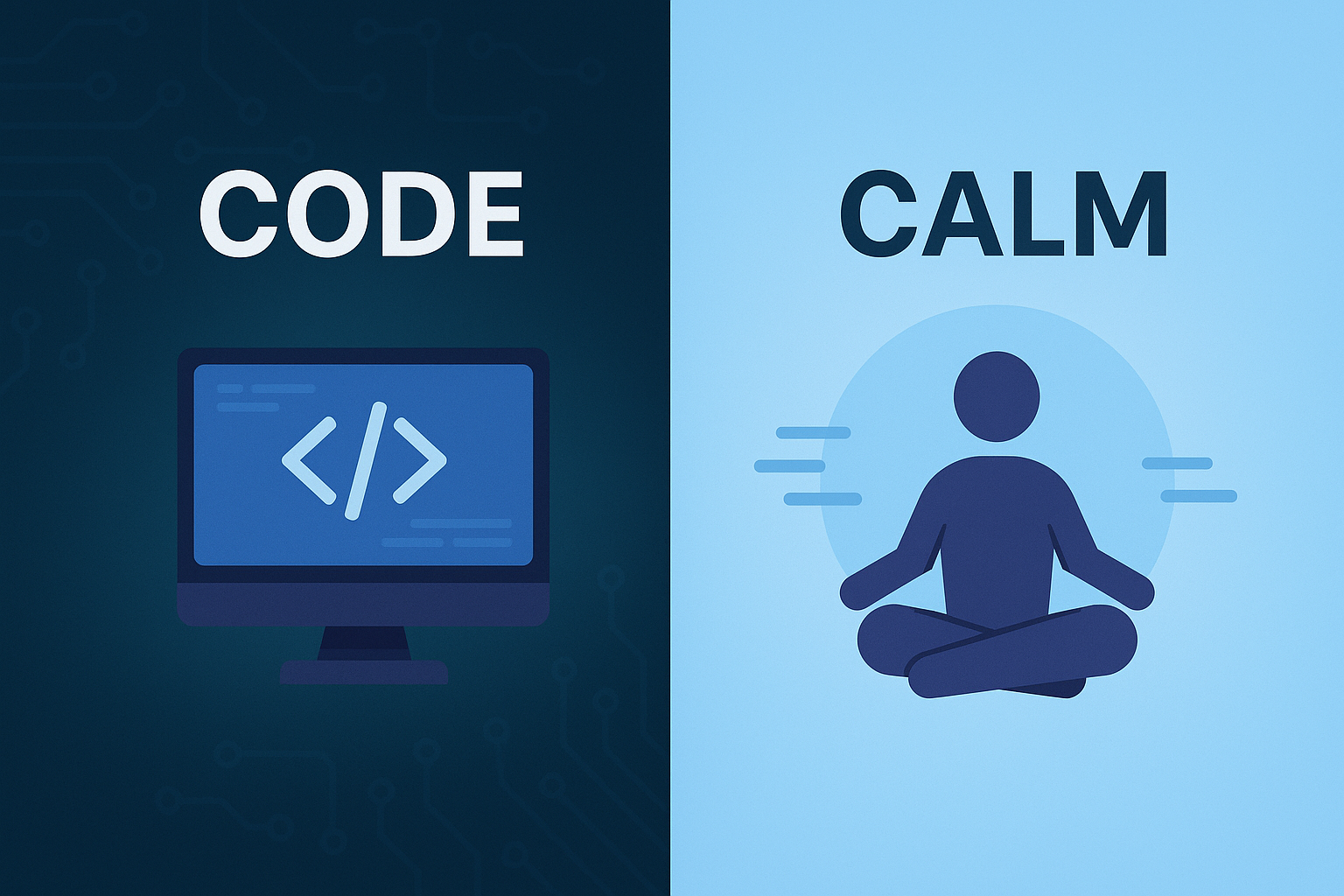Two Deadlines: The One You Share & The One You Whisper

Introduction
Every software project runs on two timelines.
🗓️ One is announced at the kickoff meeting — clear, aligned, and optimistic. 🕒 The other lives quietly in your dev team’s heads — padded, practical, and designed to protect the project from chaos.
At Floatinity, we’ve learned to respect both.
Because the public deadline is what creates momentum. But the whispered one? That’s what saves your sanity.
Why Teams Set Two Deadlines
Deadlines are a reality of product development. They give structure, urgency, and a shared goal. But anyone who’s been in tech long enough knows: Things never go entirely to plan.
- Stakeholders change their mind.
- APIs break.
- Scope grows.
- Testing takes longer.
- That “small tweak” causes ripple effects.
That’s why experienced teams quietly set a second, internal deadline — a buffer between the plan and reality.
This hidden deadline isn’t about being dishonest. It’s about being prepared.
The Shared Deadline: Alignment and Accountability
The shared deadline is the one you:
- Mention in emails
- Put on the roadmap
- Tell your investors or clients
- Use for launch planning
It creates accountability. It rallies the team. It lets other departments sync their efforts — like marketing, sales, or support.
But when that date is treated as rigid truth rather than a guiding star, it becomes dangerous.
Unrealistic deadlines lead to:
- Rushed decisions
- Burnt-out developers
- Half-baked features
- Broken trust
So while we absolutely set and commit to shared deadlines at Floatinity, we also plan around them with realistic scenarios.
The Whispered Deadline: Sanity and Success
The whispered deadline is the quiet margin we keep for:
- Unexpected bugs
- Final QA
- Client reviews
- Polish and stability
- Scope creep
This internal buffer isn't laziness — it's strategy. It gives the team breathing room to handle complexity without stress.
It also helps us underpromise and overdeliver — the hallmark of a trusted dev partner.
Why Founders Should Embrace Both
If you're a founder, product manager, or stakeholder, here’s the truth: You want your team to manage two timelines.
Because great products don’t just need speed. They need space — to think, test, rethink, and deliver well.
When teams only work toward the public deadline, here’s what happens:
- Corners get cut.
- QA gets rushed.
- Stability suffers.
- Everyone gets anxious.
When teams build in the buffer, what you get is:
✅ Clean delivery ✅ Less firefighting ✅ Higher quality ✅ A calm(er) team
How We Handle Deadlines at Floatinity
Here’s our approach:
- We define the external milestone — the delivery everyone sees.
- We create an internal version — accounting for review cycles, testing, feedback, and risk.
- We stay transparent — surfacing risks early, not at the last minute.
- We aim to finish before the real deadline — and use the buffer to refine, not catch up.
This system helps us keep our promises — not by overworking, but by thinking ahead.
Final Thought: Deadlines Aren’t the Enemy — Assumptions Are
Deadlines are essential. They force focus and forward motion. But pretending they’re immune to change is what hurts projects.
So yes, we’ll share the delivery date with you. But we’ll also leave space for reality — and that’s what makes us dependable.
At Floatinity, we don’t just deliver code. We deliver it without last-minute chaos.
Because deadlines may drive delivery, But calm — calm is what makes it feel right.


